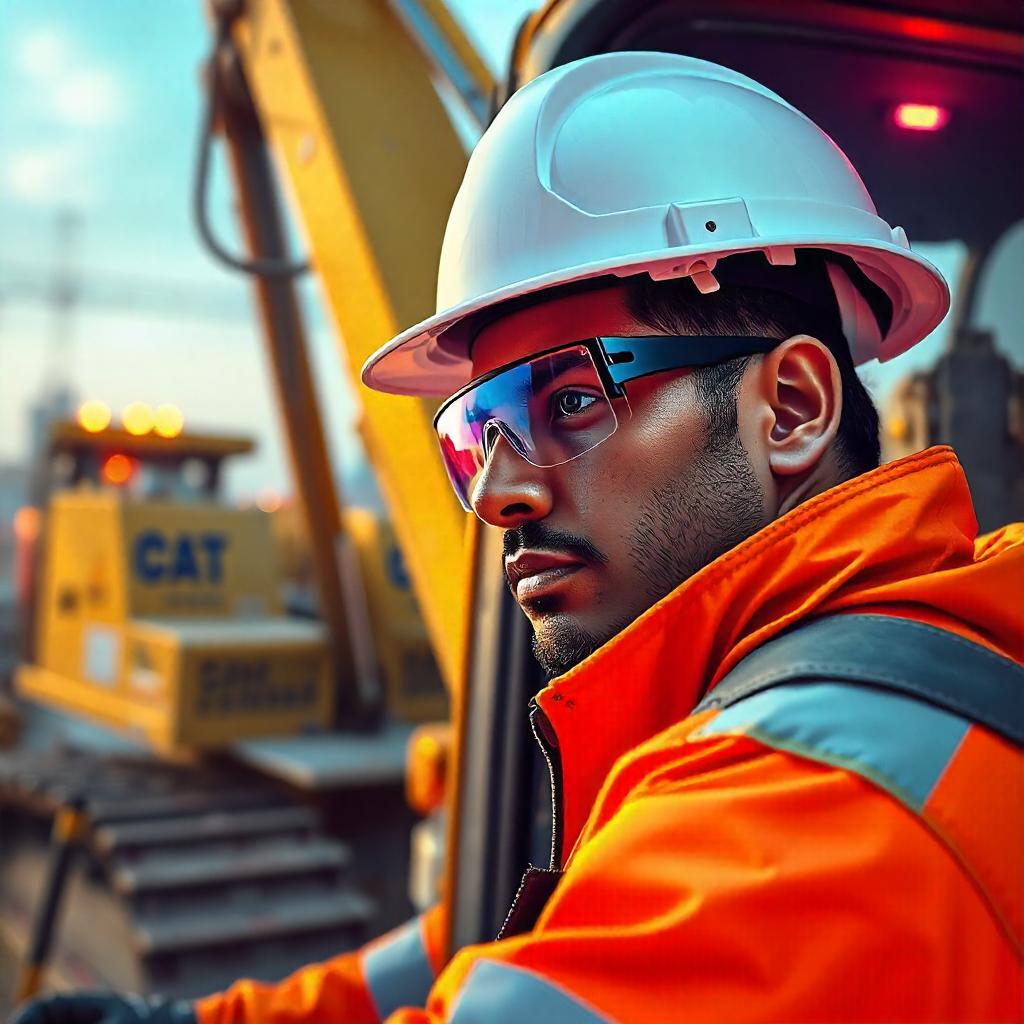Operating heavy earth-moving equipment is a critical aspect of modern construction, enabling projects to move forward efficiently. However, with great power comes significant responsibility, as improper handling of such machinery can lead to accidents, injuries, and downtime.
In any construction zone, a lot of job is done by heavy earth-moving machinery so as to complete the project much quicker and more efficiently. However, the usage of heavy equipment calls for a lot of maintenance and safety criteria to control major issues down the road. The last thing you would like on a project site is non-working equipment due to wrong maintenance, and frequent breakdowns, thereby delaying your processes. Here are a few safety tips for operators of heavy earth-moving equipment to keep the machinery up and operating all the time…
1.Safety advice for driving and utilizing heavy equipment:
• Workers must review the heavy machinery entirely before driving and utilizing it for anything wrong.
• Before initiating the machinery, ensure that the equipment has been serviced according to the plan.
• Numerous attachments are utilized with the heavy earth moving equipment including skid steer loaders and the like. Therefore, see to it that as a reliable worker, you drop all the attachments and apply the brakes.
• Workers should also make sure that the project zone is completely clear before driving or backing up the machinery.
• Make sure that you don’t vacate the machinery on an incline with the engine running as this may put the machinery into movement.
• Be additional cautious while working near the sharpness of cuts or fills.
2. Safety advice for maintenance & repair of heavy machinery:
• Worker should confirm that the engines are totally shut off and keys are pulled before starting any repair or maintenance procedure.
• Lubricate all the moving components of the machinery well as they will fail if they aren’t lubricated correctly. Too small as well as too much lubrication can be dangerous for the machine. So, you are required to lubricate the machinery properly.
• Keep the engine thoroughly shut off while refueling the equipment.
• Another great suggestion for correctly maintaining the machinery is to make sure it remains as clean as possible and mud and residue are cleared regularly.
• Earth moving machinery components are fitted with unique seals and filters to keep mud and grime out of sensitive areas. Hence, damaged seals must be fixed instantly, breathers must be maintained clean and all filters should be reviewed regularly and changed when they become muddy or blocked.
• If feasible, keep the equipment sheltered in a facility.
• Develop and pursue a maintenance schedule. Include notes on how frequently each part of the machinery should be reviewed for issues, repairs, and known maintenance.
• Look out for wear and tear indications as they may signal issues that can cause machinery to show faults more often or result in expensive repairs or part replacements before your routine check. Some typical symptoms of wear and tear are vibration, heat, and belt shape.
3.Safety suggestions for parking and protection of heavy equipment:
• Make sure that as the driver of the heavy equipment, you lower the attachments set the parking brake, and put the lever in the neutral place before leaving the equipment after the day’s job.
• Park the machinery in such a way that it does not block the traffic.
Thus, as trustworthy operators of heavy earth-moving machinery, you need to obey these suggestions to operate the equipment safely, improve its lifespan, and prevent harmful injuries. These small but important suggestions can help you to improve productivity as well as the efficiency of the machine.
Safety should always be the top priority on any construction site, especially when dealing with heavy earth-moving equipment. By adhering to these safety tips, operators can minimize risks and ensure smooth, incident-free operations. Remember, a safe job site not only protects workers but also contributes to the success of the project. Prioritize training, regular maintenance, and situational awareness to keep every workday productive and accident-free.

